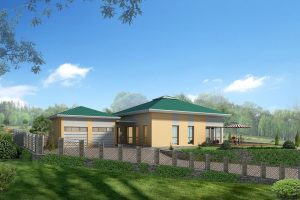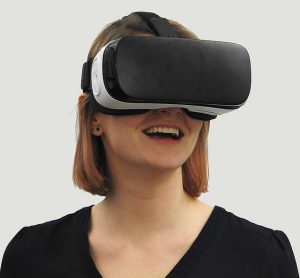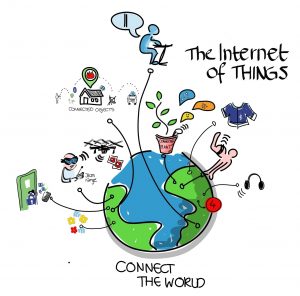Have you ever imagined your shower starting itself at optimum water heat and pressure? The thermostat adjusting as you enter the room? What if you can 3D print your new bathroom tub? High-tech homes are about to revolutionise the way we live.
Interior design once relied on colour schemes and playful accents, but new tech trends are completely revamping the way we design, build and live in our spaces. Even more, they’re having a social impact, enabling users to reduce their carbon footprints and raise efficiency as they do their daily lives.
3D printing, virtual reality and the Internet of Things (IoT) have just recently begun to appear in our homes, but they’re making an incredible impact. So, what are the capabilities of these tech trends? And what will they look like in the future?
3D printing
3D printers can create car parts and prosthetics, even build entire homes. An Italian engineering company is working on building a 3D-printed home and believes similar ones could be built in developing countries where sturdier structures are needed. We may not see entire neighbourhoods being built by 3D printers yet, but it’s something to look forward to in the future.
What are the benefits of 3D printing?
- We allow things to be more personal.
- We don’t rely on factories that are oceans away.
- 3D-printed items generate less waste — the printing uses exactly the amount of material necessary to make a product and no more, which reduces an individual’s carbon footprint.
VR and AR
VR and AR will soon play a critical role in helping people make better decisions with regards to interior design and online shopping. The tech tools will help consumers choose big-ticket items, which allows them to see how all the elements will fit into their homes without having to purchase them. AR and VR also help clients imagine their newly designed 3D spaces better from any angle.
VR, particularly, will put clients in their newly designed spaces before they even exist, which offers an experience far beyond seeing flat images of their designs. Facebook has even showcased its social VR, a feature allowing people to interact in VR together. Though it seems far-fetched, reports show it will take 6-8 years for VR to go mainstream — yet Facebook’s social VR pushes the boundaries. The whole notion may soon become a reality for clients and interior designers, which will enable them to meet and discuss designs in VR from miles away and feel as if they’re in the same new room.
Internet of Things (IoT)
IoT covers a wide range of in-home capabilities. From thermostats to light bulbs, ordinary objects are being given serious upgrades with IoT technology. The widespread adoption of IoT will lead to substantial energy savings. Studies show that IoT can help prevent up to 100 million tonnes of CO2 emissions and reduce energy consumption in every household by 10%.
Voice-activated platforms have been popular among larger tech companies. Google just announced it will launch a voice-activated home device integrated with Google search capabilities. It would be similar to Amazon Echo, which is powered by Alexa — a personal assistant that can do things like turning on the lights, playing music and setting up your Wi-Fi network.
In the years to come, more and more 3D printing, AR, VR and IoT technologies will invade our homes — and stay. The devices will alter and improve the way we interact with and customise our homes until we won’t be able to remember a time when we weren’t able to 3D print a new bathroom tub or anything else in our homes.
Stay updated about the latest interior design trends. Consult the experts in Australia.




